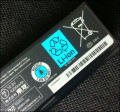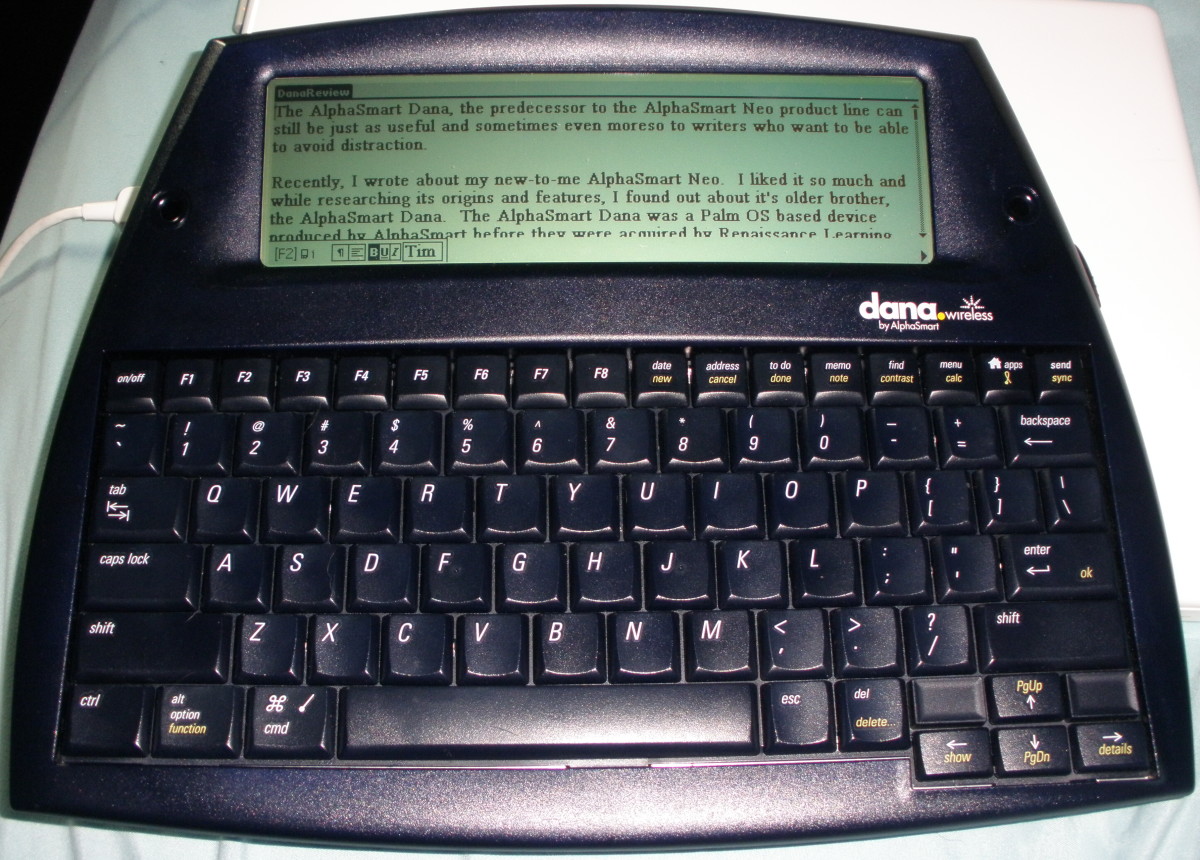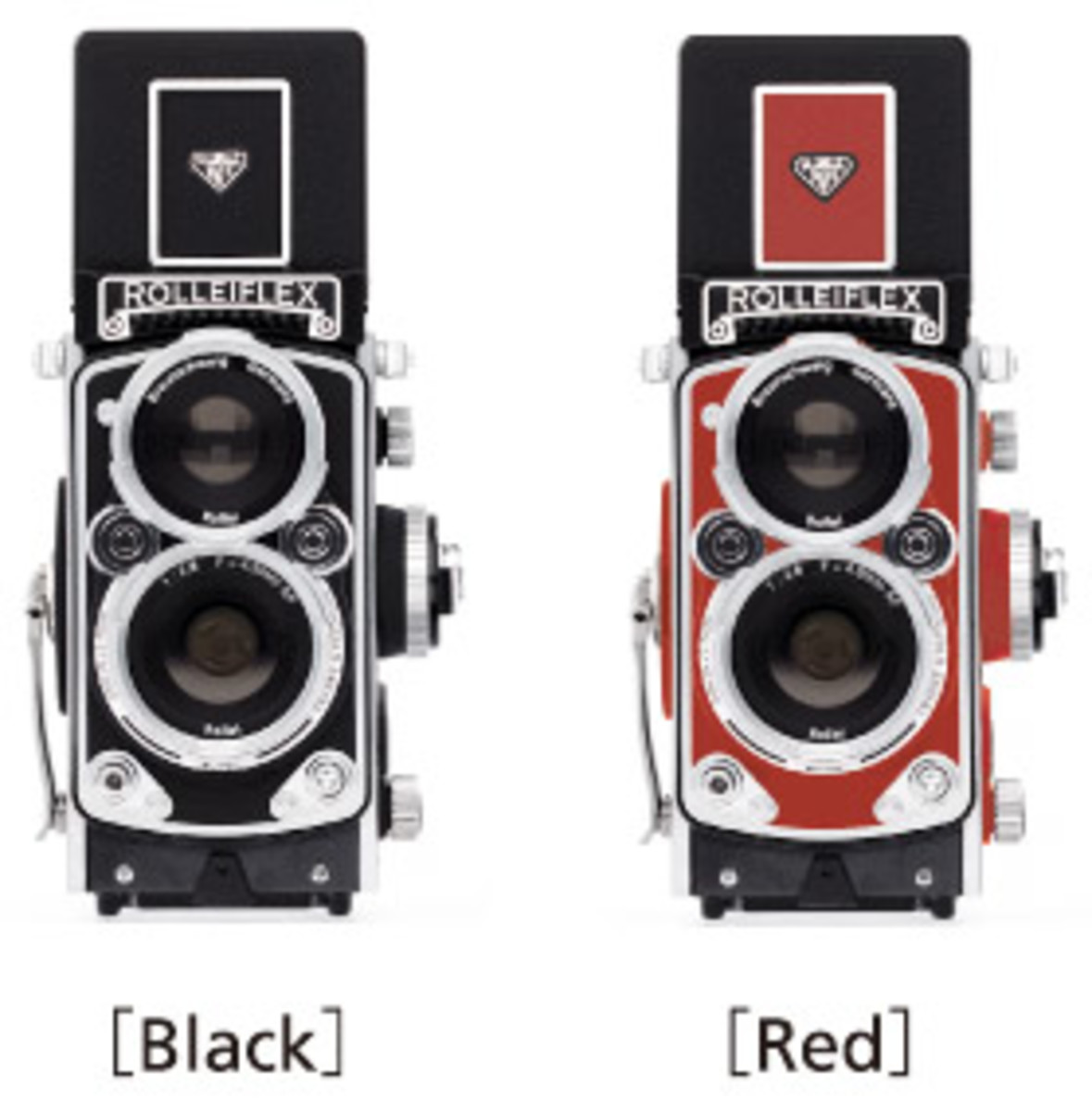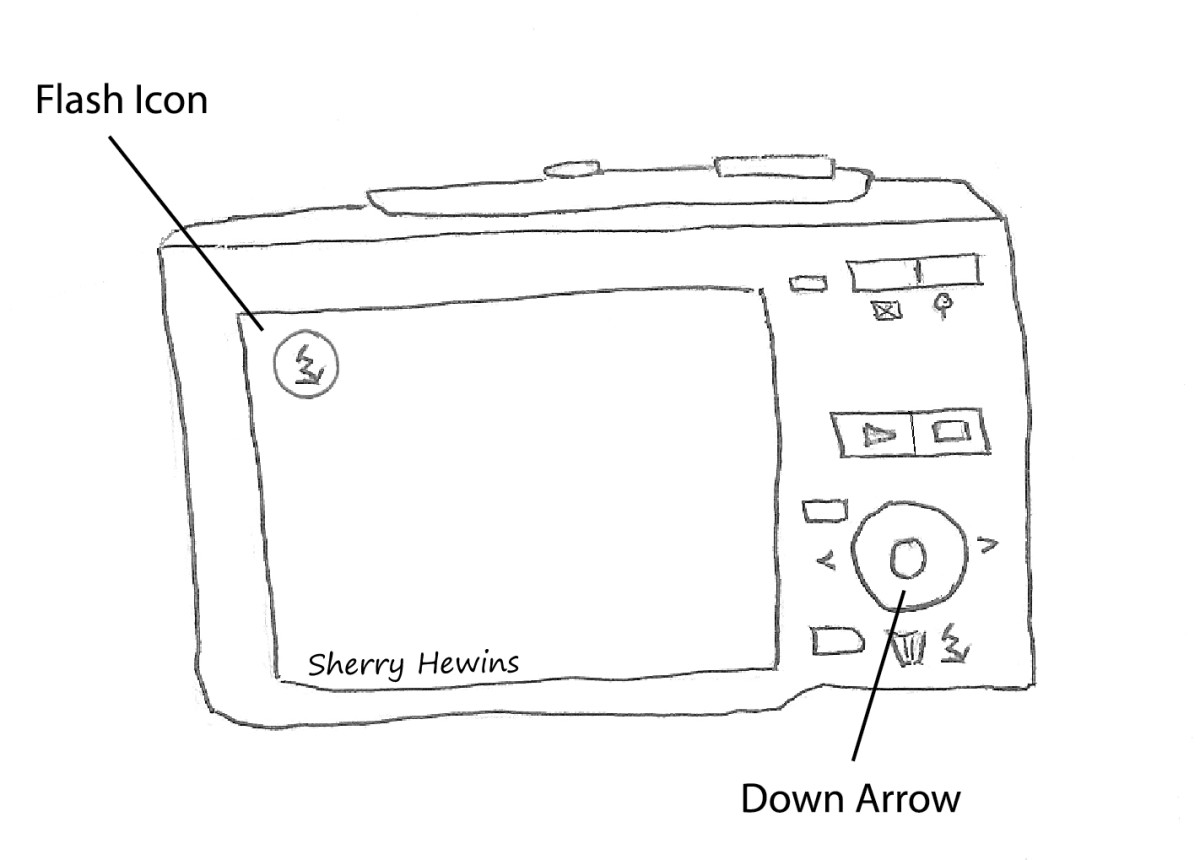- HubPages»
- Technology»
- Consumer Electronics & Personal Gadgets»
- Portable Electronics
What Photographers Need to Know About Rechargeable AA Batteries and Chargers
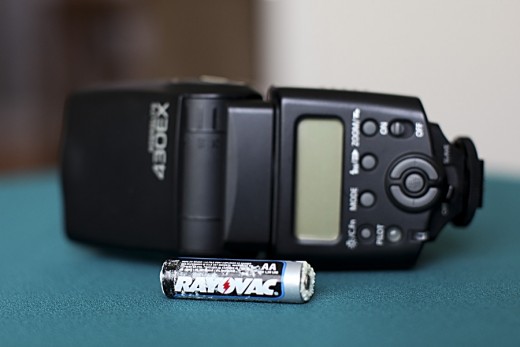
If you're into digital photography, then you've got some batteries in your bag. The question is - how many?
The average photographer might need a small stash to power one speedlight. A strobist photographer using a whole kit of speedlights (see this hub on building a portable lighting kit) might need two dozen.
And when you're going through that many batteries, it just makes sense to buy rechargables. They're a little more expensive up front, but you'll save money in the long run and they're better for the environment.
The problem is that not all batteries and chargers are the same. So what do you need to know to get the best batteries, and keep them running for the long term?
Rechargeable Batteries: Terms You Need to Know
First, let's go over a bit of vocabulary that you should know and understand.
mAh. You'll see the label mAh (milliamp hour) and a number on most batteries and their packaging. This is a measure of stored energy, and this tells you how much energy you can store in those batteries. Normal rechargeable AA batteries should have a capacity of 2,000 mAh, while you might find some "high capacity" batteries that hold up to 2,600 mAh.
Low Self Discharge. Over time, batteries lose their charge. Rechargeable batteries are notorious for going dead if they sit around for a while unused. Low self-discharge batteries are a new kind of rechargeable batteries that will hold their charge longer in storage.
NiMh and NiCad. These are two types of batteries. NiMh is nickel metal hydride, and these are the newer, more common types of rechargeable batteries. NiCad, or nickel-cadmium, batteries are a simpler, older technology. They typically have lower capacity, and you'll want to opt for the newer NiMh batteries.
First Step: Choosing the Rechargeable Batteries
Now that we know a little bit about what we're talking about, you need to shop for some batteries.
Like I mentioned above, you'll want to go for NiMh and avoid the NiCad.
For general usage, you'll probably want standard capacity, low self-discharge batteries. 2000 mAh is good enough, and you're better off having batteries that hold their charge in your camera bag than higher capacity batteries that discharge too quickly. I'm a big fan of AmazonBasic AAs.
For some people, though, you'll the extra power of the high capacity batteries. Let's say you're using several flashes off camera, and you're popping the flashes regularly at half or full power. That will use up your batteries fairly quickly, and an extra 25% capacity can make a difference. The trade-off is that these batteries will discharge more quickly when not in use, so you'll want to remember to charge them the night before an important shoot. I keep a couple sets of high capacity Tenergy AA batteries for these purposes.
Next Step: The Right Battery Charger
Once you've got some batteries, you'll need to secure a charger.
The first thing you need to know is don't use a rapid charger. If you go to the store and buy a pack of four AA batteries, it might come bundled with a "rapid charger" that charges them in 2 hours.
This is a bad idea. It pumps a high current (700 mA) into your batteries, and this wears them down quicker. Instead, you'll want a trickle charger or a smart charger than can vary the current going into your batteries. These chargers will also drain down the voltage of a battery first before it starts charging it. All of this leads to a longer life for your batteries - which is a better investment for you!
My favorite charger is the LaCrosse BC-700. It only charges 4 batteries at a time, but you've got a lot of control over how it's done, and there's an extra-slow mode that helps revive old batteries.
I also have a larger, 10 battery charger from Tenergy. There are a lot of similar products available on Amazon. These don't have fancy read outs and you have fewer options, but they'll reliably pump a low current (200 mA) into your batteries and charge a set of 10 batteries overnight.
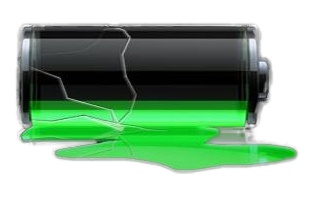
Finally, Best Practices With Rechargeable Batteries
Now that you've got your equipment, your batteries will last longer if you follow these best practices.
Charge At Low Currents. Like I mentioned above, rapid chargers will wear out your batteries faster. This happens when you pump a high current into the batteries. Instead, you'll want to use a low current setting - like 200 mAh. This will take a while to charge the batteries to full, about eight to ten hours. But, it's worth it to keep your batteries alive. I usually plug them in the evening after a shoot, and then they're ready to go the next morning.
Don't Let Them Sit In the Flash. When you let batteries sit in something too long, it can lead to corrosion. It also promotes faster discharge. You're fine to leave a set of AA's in your daily use speedlight, but if you have a set of extra flashes for portrait work you don't want to leave the batteries in there for weeks or months at a time.
Recharge Immediately After Use. It takes a while for a full battery to completely discharge. However, if you use up the charge in a battery and then let it sit for a few weeks, it can completely discharge. At that point, when you put the battery on the charger it won't do anything. The readout will say "null" and it won't charge.
Revive Your Dead Batteries. Finally, know that if you do let a battery completely die, you might be able to recharge it. You need to jump start the dead battery with a paper clip. It's a nifty little trick you can read about in this article about fixing rechargeable batteries that are completely dead.
A Final Tip: Keep Some Regular Batteries Around
And one final tip. Always keep a set of regular AA batteries in your camera bag!
Maybe you'll use up all of your rechargeables, or maybe you'll forget to recharge them. But there will come a time when you have nothing left in your camera bag, and one extra set of regular AA's will do the trick.
If they're unopened, they'll last a good long while without losing their charge. So it's worth keeping a set in your bag and then forgetting about them.




